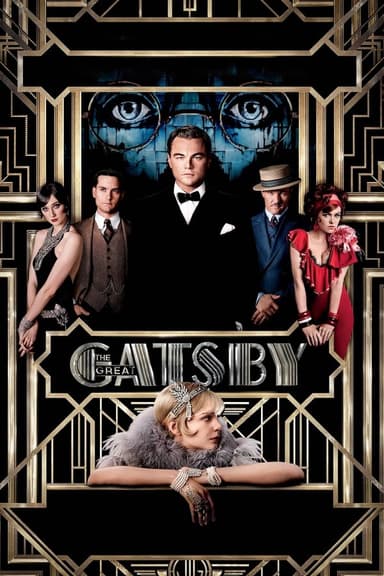
House of Sand and Fog
2003 • Drama • R
Behrani, an Iranian immigrant buys a California bungalow, thinking he can fix it up, sell it again, and make enough money to send his son to college. However, the house is the legal property of former drug addict Kathy. After losing the house in an unfair legal dispute with the county, she is left with nowhere to go. Wanting her house back, she hires a lawyer and befriends a police officer. Neither Kathy nor Behrani have broken the law, so they find themselves involved in a difficult moral dilemma.
Runtime: 2h 6m
Why you should read the novel
If you desire a deeper understanding of the complex lives in House of Sand and Fog, Andre Dubus III’s novel delivers a profound psychological portrait that films rarely capture. The written narrative delves into the inner motivations, secrets, and regrets of each character, allowing readers to explore nuanced thoughts, shifting loyalties, and emotional landscapes that unfold gradually with every page. Vivid evocative prose brings the tragic events and settings to life, making for a richer, more personal experience.
The novel offers rich descriptive detail and lyrical language, drawing readers intimately into the characters’ struggles and ambitions. It's more than a story; it’s an immersive exploration of culture, empathy, and the fragility of happiness. By engaging directly with Dubus III's words, readers are given the rare opportunity to walk in the shoes of each character without the filter of an actor or a director’s vision.
Choosing to read the source material offers a chance for introspection and contemplation that mere viewing may not. The emotional intricacies, social commentary, and ambiguous morals at the heart of the novel beg to be pondered, discussed, and appreciated beyond the constraints of the screen. For those seeking a haunting, unforgettable literary journey, the book is unparalleled.
Adaptation differences
One key difference between the novel and the film adaptation lies in the portrayal of characters’ internal lives. While the book is told from three alternating perspectives, revealing their private thoughts and histories, the film is limited to external expressions and visual cues. As a result, viewers miss out on the subtler layers of guilt, longing, and rationalization that shape every decision and emotional reaction.
Additionally, the novel devotes more attention to backstory, especially for Behrani and his family. In the book, readers learn much more about Behrani’s former status in Iran and the depth of his fall, which adds important context to his pride and desperation. The movie touches on this but doesn’t fully explore the family’s psychological adaptation, making their motivations seem somewhat abrupt by comparison.
The adaptation also alters certain plot details and the pacing of events. The book’s slower unfolding allows for the gradual build-up of tension and moral ambiguity, whereas the film condenses and dramatizes several scenes for cinematic impact. The ending, while similar in broad strokes, differs in tone and subtlety. The novel's conclusion is more internal and ambiguous, whereas the movie leans into visual intensity and emotional finality.
Finally, some secondary characters and subplots present in the book are minimized or omitted from the film to streamline the story. These omissions reduce the complexity of the social environment and the consequences of the characters' actions. Readers of the novel will find a broader, richer world and a more devastating depiction of how a single mistake can unravel multiple lives.
House of Sand and Fog inspired from
House of Sand and Fog
by Andre Dubus III










